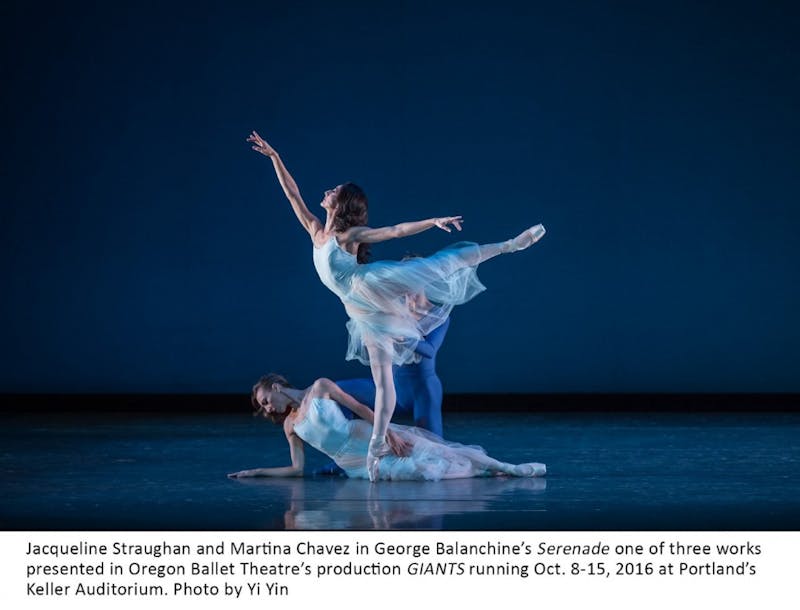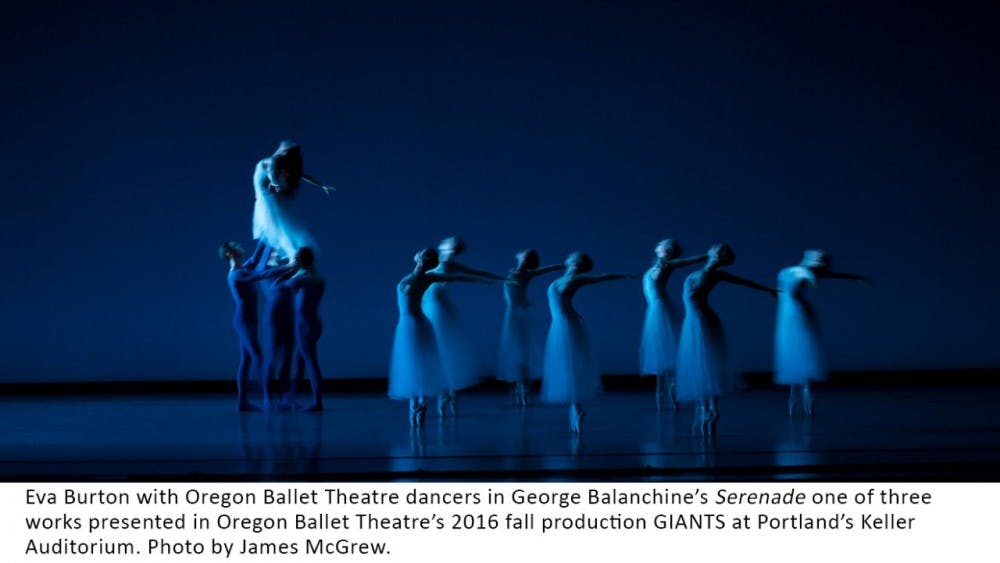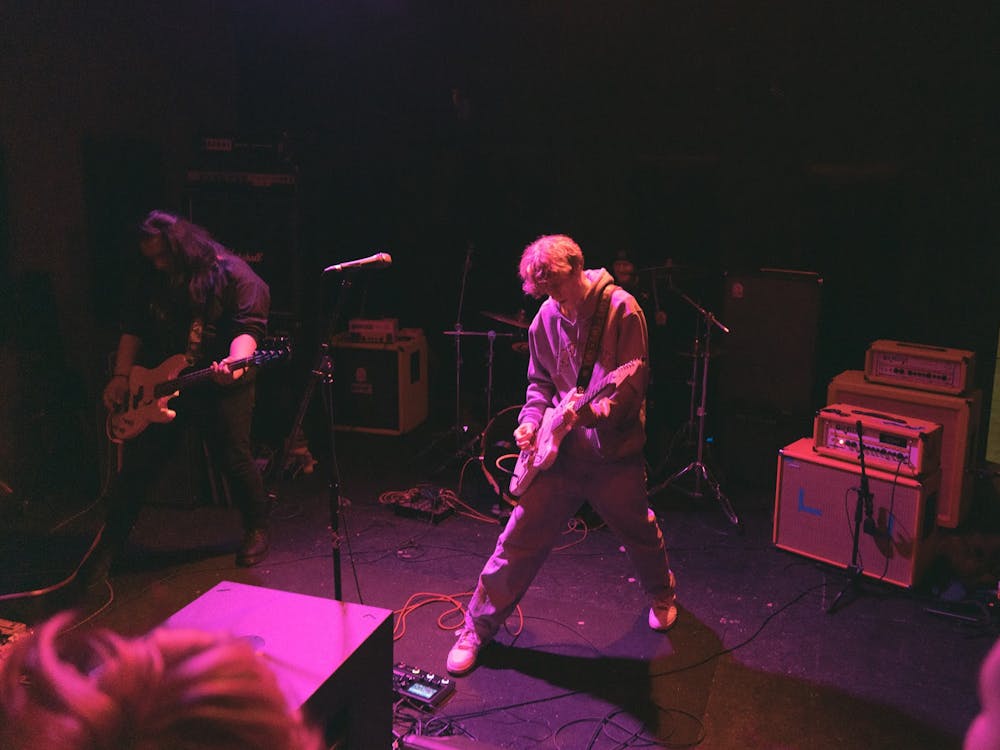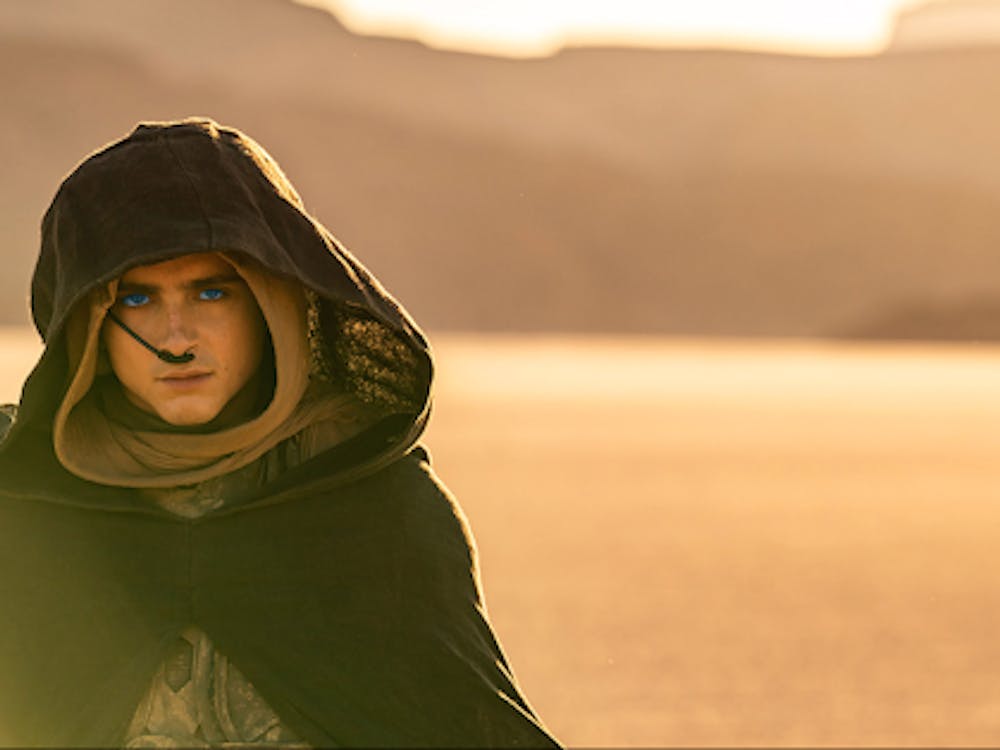The Oregon Theatre Ballet (OBT) started its run of “Giants,” a compilation of three dance pieces, at the Keller Auditorium this week.
“Giants” will be running from Oct. 8-15, with shows at 7:30 p.m. Students who arrive at the box office at least two hours before the performance can purchase tickets for $20 with a show of student ID. You can purchase tickets in advance here.
“Giants” is a unique ballet in that each of its three parts

The show begins with George Balanchine’s “Serenade.” This part is the most traditional of the three. There are gorgeous ballerinas, plenty of tulle, soft blue lighting and lots of dancing en pointe. “Serenade” is the first work that Balanchine choreographed in America, and was unique from other classical works because it reversed the traditional last two movements, “Russian Dance” and “Elegy.” Movements are individual portions of a piece of classical music. “Russian Dance” is a fast-paced, positive movement, while “Elegy” is mournful, so the reversal leaves audiences on a depressing note.
The narrative in this first piece of the performance positions two male dancers to about fifteen female, and one of them is clearly making eyes

The second act is “In the Middle, Somewhat Elevated,” which is named after two gold cherries that hang “in the middle” of the stage, “somewhat elevated” above the dancers’ heads. The best way to describe this act is what The Hunger Games training scenes would be like if they were performed by ballet dancers. The movement is aggressive, the music is loud, electronic, and there are lots of metal clanging noises. It is a very intense sort of post-apocalyptic portion of the ballet and a real change of pace.

As a whole, OBT’s “Giants” is a varied and unique compilation and can be recommended to anyone who is not interested in the typical traditional ballet.











